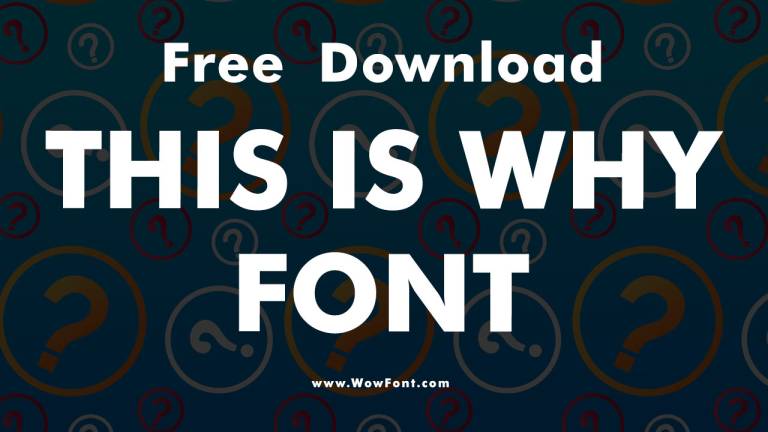The Dig Your Roots font has become synonymous with the aesthetic of Florida Georgia Line’s 2016 album Dig Your Roots. Jonathan S. Harris designed the Dig Your Roots font with a brush-style look.
It evokes an earthy, organic, and rustic feel. This design reflects the album’s themes of growth, nature, and personal journey. If you want to incorporate the font into your design projects, here’s everything you need to know about the Dig Your Roots font and how to use it creatively.

Overview Of Dig Your Roots Font

The album Dig Your Roots uses a brush-style font called Dead Wood. Font designer Jonathan S. Harris crafted this font. The Dead Wood font captures a rugged, natural feel. It’s ideal for themes related to nature, the outdoors, and personal growth. You can download the free demo version of Dead Wood from font sites. This makes it easily accessible for various design projects, such as album artwork, posters, and branding.
For the album cover, the duo’s name is displayed in Florida Georgia Line’s “Futura” font. This font provides a clean, modern contrast to the brush-like “Dead Wood” font used for the title.
Font Family And Styles
The Dead Wood font family primarily features bold, brush-style characters that have a distressed, hand-lettered look. This font is ideal for evoking rustic themes, such as plants, roots, and growth. The bold strokes of the font make it stand out on posters and album covers, while its organic nature ties in beautifully with natural elements like banana plants, tropical plants, and gardening.
Some of the prominent font styles of Dead Wood include:
- Dead Wood Regular: A bold, brush-like style perfect for large headlines or titles.
- Dead Wood Bold: A more pronounced, heavy version for emphasis and attention-grabbing statements.
Fonts with a clean, geometric style like Futura complement Dead Wood beautifully. The contrast between the rough, organic strokes of Dead Wood and the sleek, modern lines of Futura creates a dynamic visual balance. For example, you could use Dead Wood for the primary title (like “Dig Your Roots”) and Futura for secondary text (like the names of the album artists or additional descriptions).
Where To Use The Dig Your Roots Font
The Dig Your Roots font is incredibly versatile and can be used in a wide range of design projects. Here are a few ideas on how to use it:
- Album Artwork: Just like Florida Georgia Line’s album, you can use this font for your own music album covers, especially those with themes of family trees, roots, or nature.
- Gardening & Lifestyle Blogs: If you’re writing weekly gardening columns or offering gardening tips for houseplants, this font would be a great fit. The brush texture of the font conveys an earthy, organic vibe that pairs perfectly with content on tropical plants, potted hibiscus, or potted banana plants.
- Event Posters: Whether you’re promoting a roots tour or an event featuring Ziggy Marley or Tim McGraw, this font is perfect for posters that need to highlight North America or New York City as locations.
- Gardening Magazines or Books: If you write about tropical plants, peat moss, soil level, or indoors gardening in the subtropics, this font adds a personal touch to your design. Use it for sections that cover the essentials like ordinary houseplant fertilizer, sunny windows, or milk crates as part of your growing setup.
- Product Packaging: If you sell potted counterparts or cannas, angel trumpets, or giant lush-leaved plants, using this brush-style font on your product labels or marketing materials will create an earthy, welcoming feel.
Similar Fonts To Dig Your Roots Font
If you’re looking for fonts similar to Dead Wood, consider these options:
- Bison: A brush font with a rough, hand-drawn style.
- Rock Salt: Another organic, hand-lettered font that works well with themes of nature.
- Chasing Embers: A distressed, rough font with a bold, unique look that can be paired with other modern sans-serif fonts like Futura.
- Grunge Brush: For a more rugged, textured design, this font offers a similar hand-painted aesthetic.
Font Usage Tips
When using Dead Wood or any brush-style font:
- Size: Because of its bold nature, use the font for headlines or titles rather than large blocks of text.
- Pairing: Complement with a clean, modern sans-serif font like Futura or Montserrat to balance the rustic feel.
- Color Palette: Use natural, earthy tones like greens, browns, and beiges to keep the organic feel consistent with the font’s roots theme.
FAQs
1.What Is The Dig Your Roots Font Called?
The font used for the album title Dig Your Roots is called Dead Wood, designed by Jonathan S. Harris.
2.Can I Download The Dead Wood Font For Free?
Yes, the demo version of the Dead Wood font is available for free download from font websites.
3.What Other Fonts Work Well With Dig Your Roots?
The Futura font was used for the duo’s name on the album cover. You can also pair Dead Wood with modern fonts like Montserrat or Raleway.
4.Where Should I Use The Dig Your Roots Font?
This font is great for album covers, event posters, gardening blogs, and product packaging, especially when focusing on natural or rustic themes.
5.What Themes Does The Dead Wood Font Reflect?
The font evokes themes like roots, nature, plants, gardening, personal growth, and rustic, organic aesthetics.


Leave a Comment